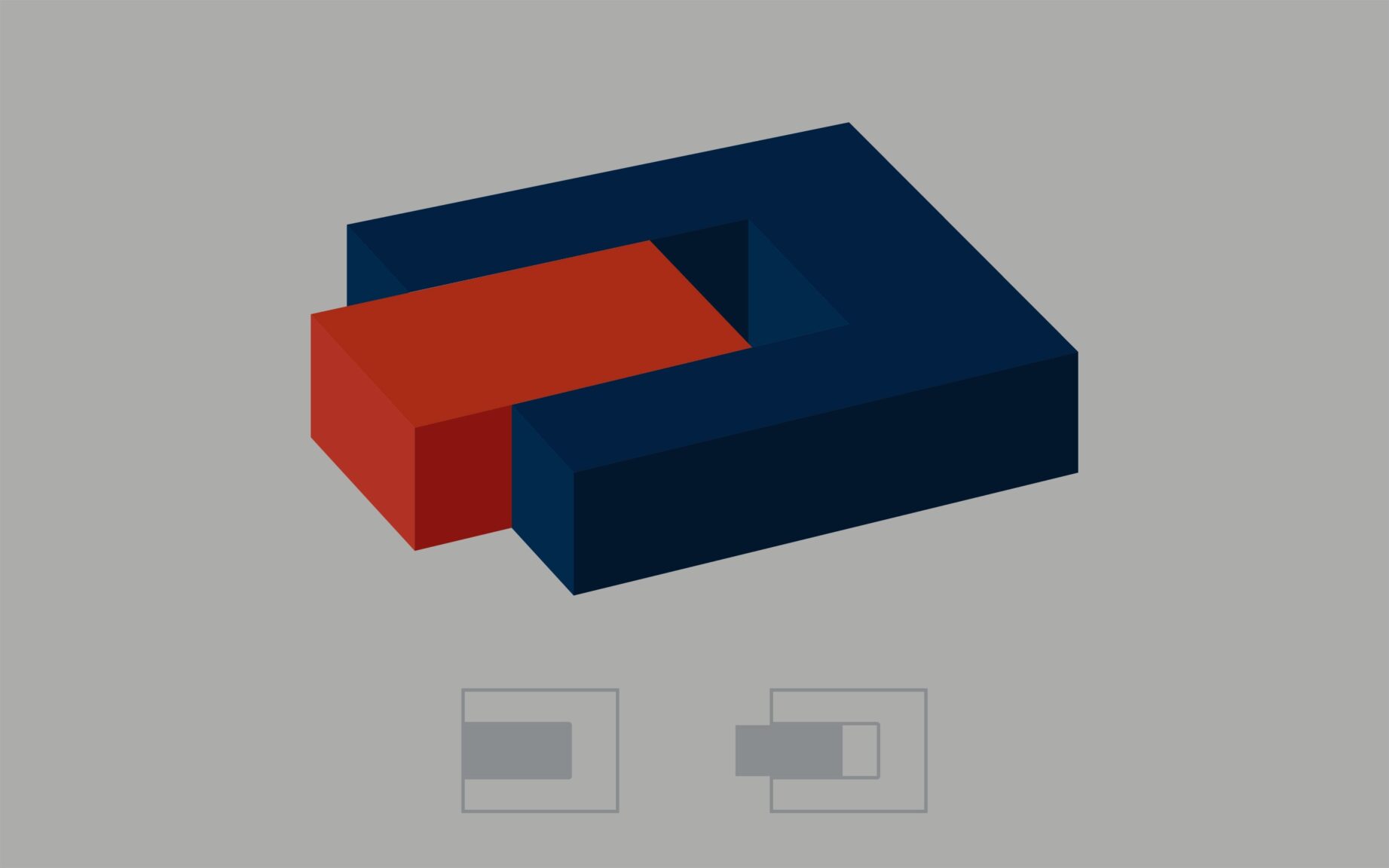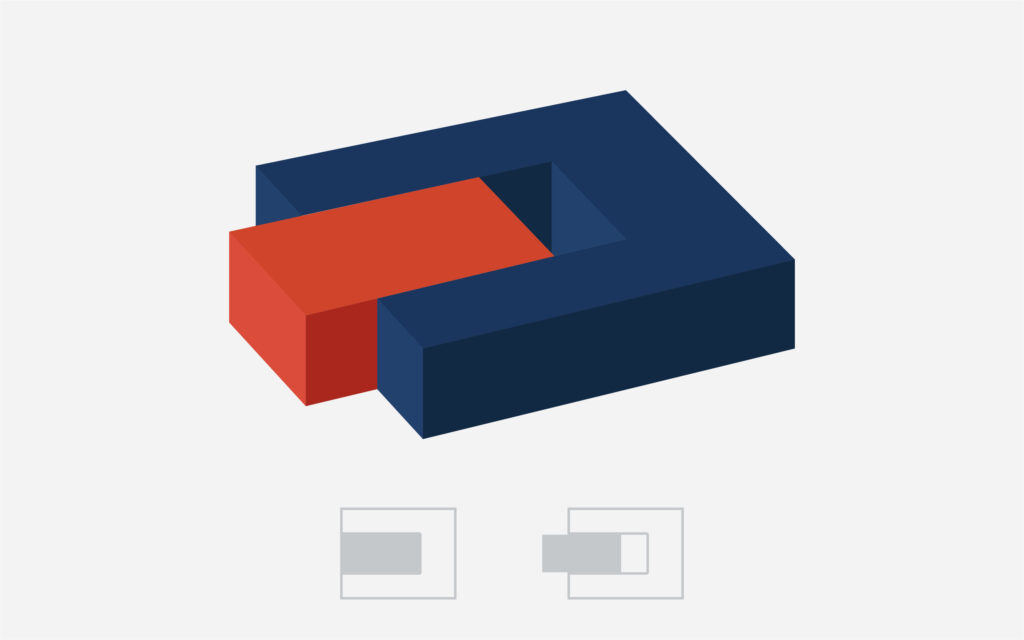

Originally published on fastradius.com on October 9, 2020
Draft, or the application of a slight taper to every surface in the direction of pull on an injection-molded part, is a small and even tedious design element — but one that’s vital to the success of a project. To visualize draft, envision an ice cube tray: the slight taper allows ice cubes to slide out easily without falling victim to excessive suction or friction. Parts that are lacking the appropriate amount of draft — or a suitable draft substitute — will not properly eject from the mold.
What’s more, draft protects the part from damaging friction, reduces wear and tear during the ejection process, helps ensure a uniform finish, and reduces costs by avoiding the need for complex injection setups. Fortunately, no toolmaker would make a part without draft. For that reason, designing for optimized draft angles doesn’t just mean adding draft; in most cases, draft is a given. Rather, optimizing draft means carefully incorporating draft so that it adds to, rather than interferes with, the design and look of the final part.
Not everyone is concerned about draft interfering with the look of the part; toolmakers who are creating parts for industrial or similar purposes, for example, tend to opt for a large amount of draft. That’s because, while lots of draft may result in a less aesthetically-pleasing product, it also results in a product that’s easy to eject and therefore easy to create quickly and inexpensively without causing substantial wear and tear to the tool.
Designers creating consumer products, on the other hand, tend to be more concerned with aesthetics. For these teams, the goal is often to minimize draft while ensuring the effective functionality of the part. To do so, they generally have two options: incorporating draft so that it appears intentional or incredibly subtle, or strategically placing ejector pins and sleeves to help release the part from the tool.


Ejector pins and sleeves can help push the parts out of the mold, but they’re expensive; ejector sleeves, in particular, are costly. Ejector sleeves follow the geometry of the part, which means they won’t leave behind a mark. Ejector pins, on the other hand, can leave marks on the surface of the product. As such, ejector sleeves tend to be preferred by designers who are concerned with the final look of their part — but because they have to be custom-made, they can increase the time and cost of a project.
That’s why the subtle and intentional incorporation of draft is favored by many designers. Especially skilled designers can ensure that draft is nearly imperceptible, or can incorporate it in such a way that it appears to be an intentional design element.
The minimum draft angle for any given part is largely driven by the depth of draw, the wall thickness, the material’s shrink rate, and the surface finish or texture that is to be applied. As a general rule, a draft angle of 1.5 to 2 degrees is required for most parts, but draft should average about an additional degree for each extra inch of part depth. Note that if a part is very small, there’s some more flexibility to decrease draft below 1.5 degrees. However, for most parts, 1.5 degrees is the minimum draft requirement.
That said, texture also plays an important role in determining draft. Many injection-molded parts have a leather grain or other texture applied to their surface for aesthetic purposes; however, depending on how deep the texture is, the draft angle may need to be increased to ensure the texture won’t be scraped off or damaged during the ejection process.
Automobile interiors are a strong example of strategically-applied draft. Most modern automobile interiors are injection-molded but feature a leather grain texture; a careful eye can discern that the texture depth varies throughout the part in order to accommodate changing draft, but it’s barely noticeable. On the other hand, many cheaply-made consumer goods have visibly different textures throughout the part or even texture that has been noticeably scraped off.
Achieving the ideal balance of functionality and design sensibility requires an in-depth understanding of draft angles, texture, and injection molding — something not all product teams have. That’s where SyBridge Technologies comes in.
Our team of highly qualified designers, engineers, and advisors can ensure your part incorporates draft subtly and strategically so that all textural elements and other aesthetic concerns are accounted for. SyBridge Technologies is dedicated to helping your team adjust and modify its design so that compromises in quality aren’t necessary. If you’re interested in learning more about how SyBridge Technologies can help your team optimize part design and deliver better products, faster, contact us today.
Forget typical cycle times. We're pushing the boundaries of conformal cooling. While traditional approaches deliver…
Forget typical cycle times. We're pushing the boundaries of conformal cooling. While traditional approaches deliver…
From left to right: Brayden Janak (apprentice); Logan Vifaquain (CNC machining, Programming and CMM); Ron…
SyBridge Technologies is proud to announce we have been awarded the 2023 General Motors Supplier…
Today, designers and engineers are accustomed to working with digital tools in their day-to-day jobs.…
Optimizing Your Injection Molding Process for Cost-Effective Manufacturing Excellence In today’s competitive landscape, manufacturers are…